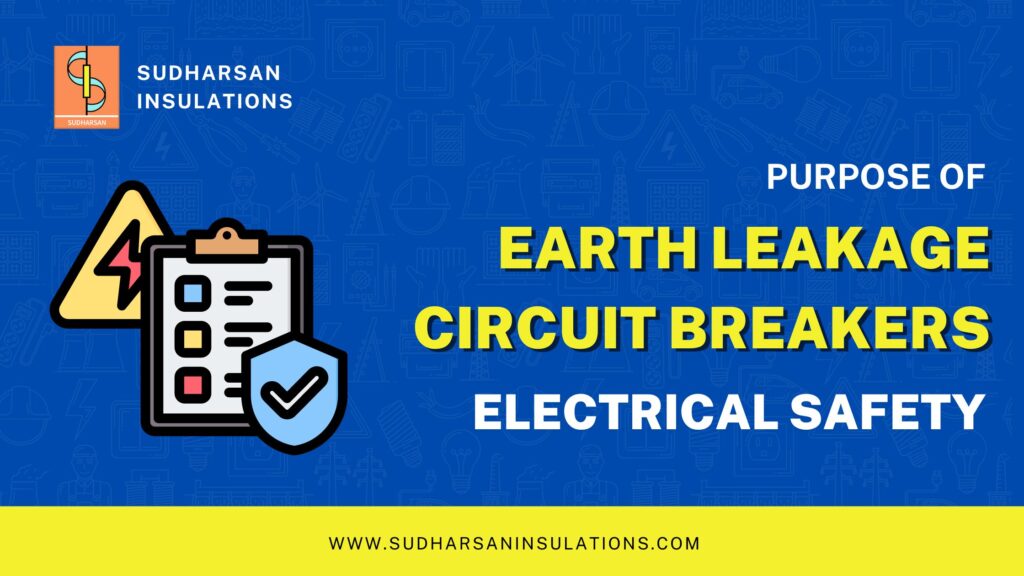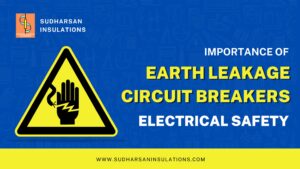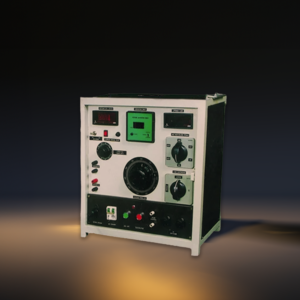Understanding the Crucial Purpose of Earth Leakage Circuit Breakers (ELCBs)
Last Updated : March 27, 2024

Imagine this scenario – you’re doing something as simple as changing a light bulb, and suddenly, you feel an intense electric shock coursing through your body. Terrifying, right? Tragically, incidents like these claim hundreds of lives every year due to electrical faults and a lack of proper safety measures. But there’s a life-saving device that can prevent such nightmares – the humble yet mighty Earth Leakage Circuit Breaker (ELCB).
ELCBs are the unsung heroes of electrical safety, designed to protect us from the perils of electric shocks and fires caused by leakage currents. In this article, we’ll delve into the critical purpose of these essential devices and why every home and building should have them installed.
What is an Earth Leakage Circuit Breaker (ELCB)?
At its core, an ELCB is an electrical safety device that continuously monitors the flow of electricity in a circuit. Its primary function is to detect any leakage currents – even the slightest deviation from the intended path – and instantly trip (cut off) the power supply to prevent potential hazards.
Think of it like a hyper-vigilant security guard for your electrical system. While everything is operating normally, it lets the power flow freely. However, the moment it senses a breach or an unwanted leakage of current, it springs into action, pulling the plug before any harm can occur.
The Critical Purpose of Installing ELCBs
ELCBs serve two crucial purposes that make them indispensable for any electrical installation:
Protecting Human Life: Their primary role is to safeguard people from the dangers of electric shocks. Even a tiny leakage current, if it finds a path through a human body, can cause severe injuries or even prove fatal. ELCBs act as a failsafe, swiftly cutting off the power supply before a person can experience a potentially lethal shock.
Preventing Electrical Fires: Beyond protecting lives, ELCBs also play a vital role in preventing fires caused by electrical faults or leakage currents. These leakages can generate excessive heat, leading to fire hazards if left unchecked. By promptly isolating the affected circuit, ELCBs minimize the risk of fires and the associated property damage.
ELCBs vs RCDs vs RCBOs – What’s the Difference?
You may have heard the terms RCD (Residual Current Device) and RCBO (Residual Current Breaker with Overcurrent) used interchangeably with ELCB. While they serve similar purposes, there are some key differences:
| Device | Purpose |
|---|---|
| ELCB (Earth Leakage Circuit Breaker) | Detects and cuts off power supply in case of leakage currents, protecting against electric shocks and fires. |
| RCD (Residual Current Device) | Another term for ELCB, used more commonly in some regions. |
| RCBO (Residual Current Breaker with Overcurrent) | Combines the functions of an ELCB and an MCB (Miniature Circuit Breake), providing protection against leakage currents and overcurrents/overloads. |
Where Should ELCBs Be Installed?
To maximize electrical safety, it’s recommended to install ELCBs for the entire electrical system of a home or building. However, there are certain high-risk areas where their installation is absolutely essential:
- Bathrooms: The presence of water and electrical appliances increases the risk of electric shocks.
- Kitchens: With multiple electrical appliances in use, leakage currents are a constant threat.
- Basements and outdoor areas: Moisture, dampness, and the potential for faulty wiring make these areas vulnerable.
- Swimming pools and hot tubs: Water and electricity are a dangerous combination without proper protection.
Many local and national electrical codes mandate the installation of ELCBs in these high-risk zones, but it’s always better to err on the side of caution and protect your entire premises.
Do’s and Don’ts With ELCBs
- Do test your ELCBs regularly, ideally every three months, and after electrical storms or power outages.
- Don’t use ELCBs as a substitute for proper earthing or grounding systems. They work in tandem with earthing to provide comprehensive protection.
- Do hire a qualified and licensed electrician for ELCB installation and maintenance. Improper handling can compromise their effectiveness.
- Don’t ignore tripped ELCBs. Investigate the cause and rectify any faults before resetting the device.
Maintaining and Testing Your ELCBs
- Like any safety device, regular maintenance and testing of ELCBs are essential to ensure their proper functioning. Here are some best practices:
- Test your ELCBs every three months (or as recommended by the manufacturer) using the built-in test button. This simulates a leakage current, and the ELCB should trip immediately.
- After an electrical storm or power outage, test your ELCBs to ensure they haven’t been compromised.
- If an ELCB fails to trip during testing, or if it trips frequently without an apparent cause, it may need to be replaced.
- ELCBs have a typical lifespan of 10-20 years, after which they should be replaced to maintain optimal protection.
Remember, while testing and maintenance are essential, it’s always advisable to have a qualified electrician handle any repairs, replacements, or installations involving ELCBs.
Conclusion
In the realm of electrical safety, Earth Leakage Circuit Breakers (ELCBs) play a critical, potentially life-saving role. By continuously monitoring for leakage currents and swiftly cutting off power supply in the event of a fault, they protect us from the dangers of electric shocks and electrical fires.
Whether you’re a homeowner, business owner, or facility manager, prioritizing the installation of ELCBs throughout your electrical system is a wise investment in safeguarding human lives and preventing property damage. Don’t wait until it’s too late – consult with a licensed electrician today and ensure your premises are equipped with these essential safety guardians.
Remember, electrical safety is not a luxury; it’s a necessity. By understanding the purpose of ELCBs and taking proactive measures, you can have peace of mind knowing that you’ve done everything in your power to protect yourself, your loved ones, and your property from the perils of electrical hazards.
To Know about other Products in Sudharsan Insulation. High Voltage Kits, Loading Transformers, Primary Current Injection Test Kit, Secondary Injection Kits, MCCB Kits, RCCB Kits.




